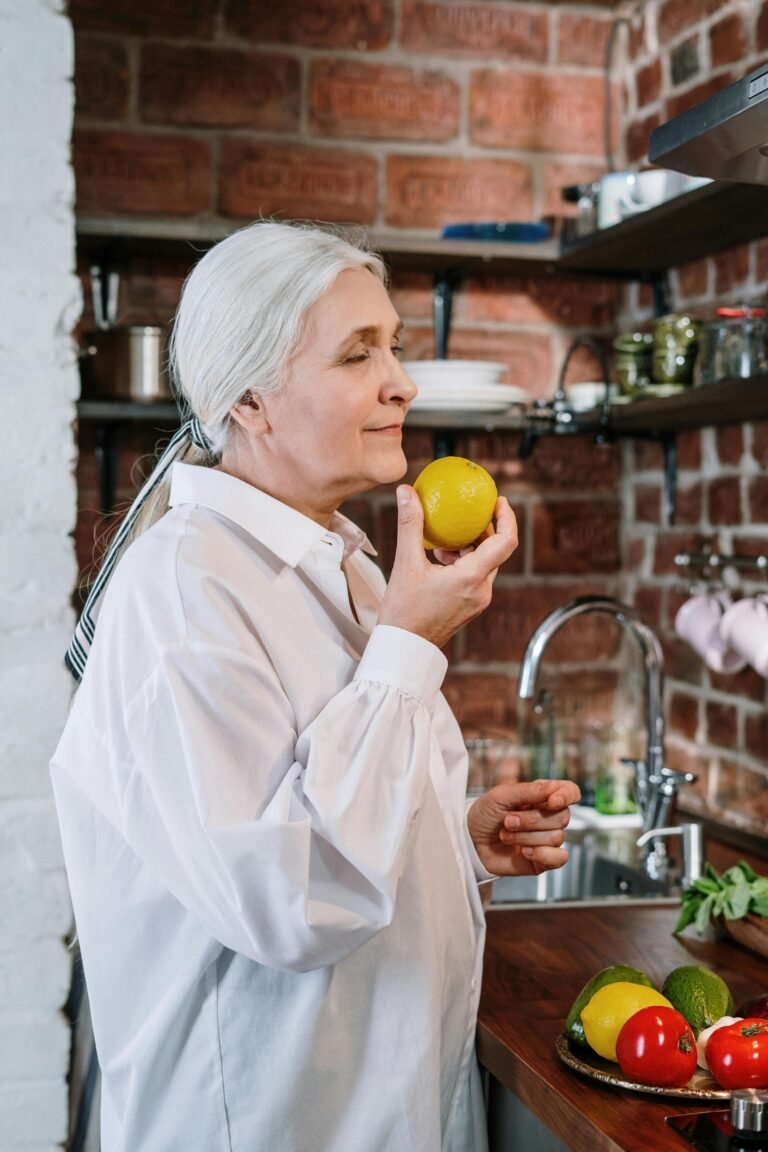Toxic inks: EU squeeze for safer tattoos
New restrictions on the use of hazardous chemicals in tattoo mixes: the new inks approved for all EU countries will contain significantly reduced quantities of potentially carcinogenic and inflammatory agents.

Tattoos and health, the die is cast with all due respect to the tattoo professionals who have had time to organize themselves before the official start of the ban on some chemicals contained in the mixtures. The restrictions, applied from 4 January 2022 in the whole European Union, concern the use of components considered dangerous because they are carcinogenic, mutagenic and toxic, or irritating to the skin and eyes . For substances on which there is insufficient data to establish a threshold, the use of an amount equal to 0.1% on finished products is foreseen.
Inks banned
The new rules require color inks, intended for tattoos, permanent makeup and eyebrow microblading , to be made by limiting the use of substances that are hazardous to health.
Specifically, the EU Regulation provides for the cessation of the use of 27 colored pigments containing isopropanol , a component added in most of the mixes for tattoos to make them sterile. The ban does not concern black, in which isopropanol is contained in very low quantities.
” Many of the substances banned today are already banned in seven Member States”, Explained the spokesman of the European Commission, Eric Mamer, who underlines the intent to extend – through regulatory uniformity – the right to health and safety to all European citizens. ” So it is not a complete novelty, but the generalization of a practice that already exists in some countries” .
The health risks
So what are the risks that the new restriction intends to prevent? First of all, isopropanol is a substance classified as potentially carcinogenic . The skin lesions caused during the realization of the tattoo could facilitate the absorption of this component by the body, with negative consequences for health.
Further side effects are also represented by the possibility of infections and allergic reactions . Reactions of this type are more frequent in cases where the tattoos are recolored.
” The health risks of using dirty needles to inject the inks have been under observation for a long time.The concerns related to ink chemicals have now also been analyzed and the related risks have been regulated at EU level “, reads the website of the ECHA, European Chemicals Agency.
The same organization highlights that, with the new restrictions on toxic or carcinogenic, sensitizing or irritating products, “ are expected to reduce chronic allergic reactions and other inflammatory skin reactions due to tattoo and permanent makeup inks. It could also decrease more serious effects such as cancers or damage to the DNA or reproductive system potentially caused by the chemicals used in the inks . “
The alternatives are available to tattoo artists
The approval of Regulation 2020/208, containing the restrictions, actually dates back to December 2020. It follows that producers have had a year to inform themselves and adapt to the new guidelines. During the past months, therefore, the studies have equipped themselves with alternative products which, containing the offending substances in quantities lower than the levels deemed harmful, are legal.
At the moment, there are only two pigments for which there are no alternatives: pigment green 7 and pigment blue 15: 3. For both, there is a derogation that will make the ban come into force only from 4 January 2023 .
Italians and tattoos, the numbers
According to a study collected in the book ” On our skin. Cultural geography of tattooing” (Pisa University Press, 2019), in Italy about 12.8% of the population would be tattooed, mostly adults aged 18 to 44 .
This is in line with the European average, which stands at 12%, but well below the United States. Here, tattooed people are about a third of the inhabitants, over 30%.
The regular Italian tattoo artists, on the other hand, would be about 2,800, mainly distributed in the North (about 60%) and Central Italy.



























+ There are no comments
Add yours